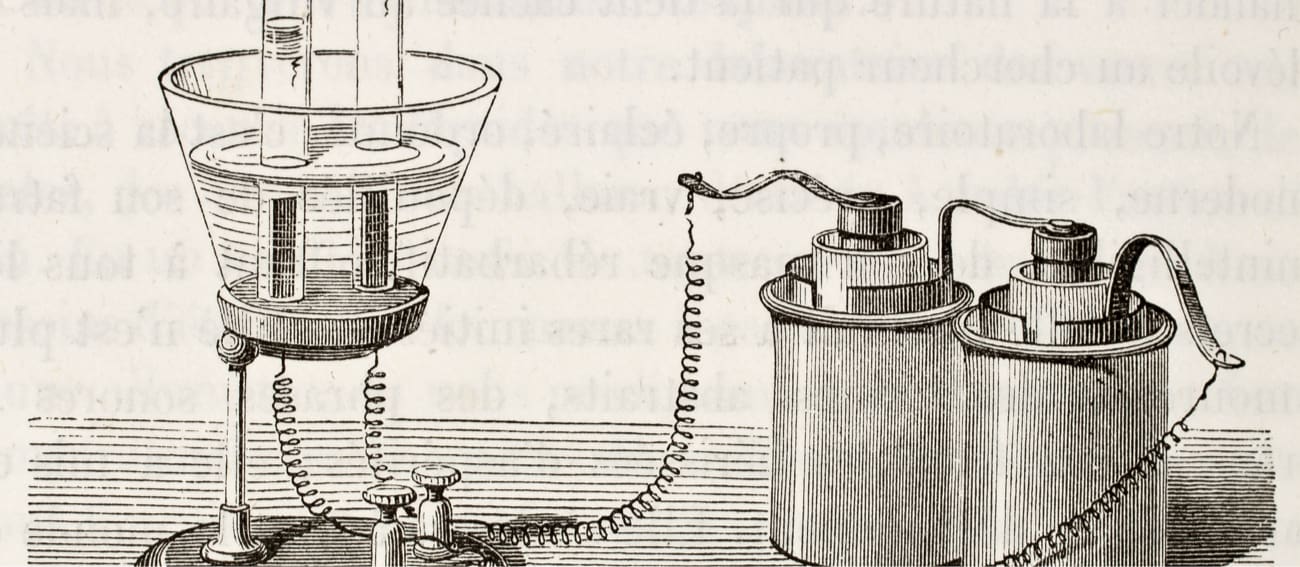Lápices conductores
Objetivo: Realizar la electrólisis del agua utilizando lápices como electrodos

-
Material de laboratorio
Vaso
Cables conductores con pinzas de cocodrilo
Pila de 9 V
2 Lápices
Cartón
Cucharada
-
Reactivos
Agua
Sal marina
-
Preguntas
¿Qué ocurre cuando los cables están conectados a la batería?
¿Qué reacción se produce?
¿Por qué se añade sal?
Procedimiento
- Afila las dos caras de los lápices y sujeta los alambres a ellas utilizando las pinzas de cocodrilo.
- Llena el vaso de precipitados con agua del grifo y disuelve una cucharada de sal marina.
- Haz dos agujeros en el cartón por los que pasarán los lápices (los extremos donde no hay cables).
- Coloca el cartón con los lápices sobre el vaso de precipitados y conecta los extremos libres de los cables a los bornes de la pila.
- Observa lo que ocurre.

Creemos un futuro más brillante
Únete a nuestro equipo para trabajar con investigadores de renombre, emprender proyectos innovadores y contribuir a avances científicos significativos.
Únete a nosotros!













